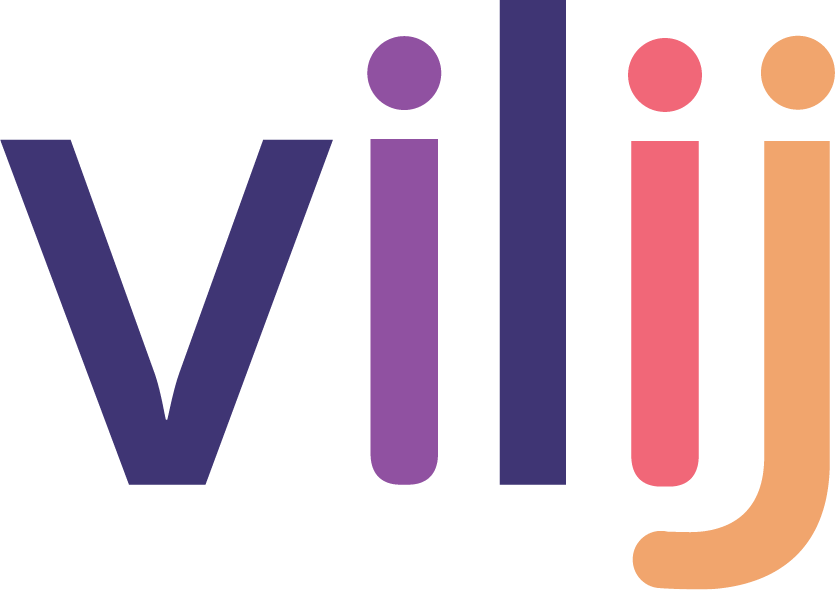Navigating Insurance Authorization for ABA Services
For many insurance plans, ongoing ABA services require authorization from insurance. This guide aims to demystify the process, providing a clear roadmap from the initial phone call to receiving ongoing services as it pertains to insurance.
The Initial Phone Call
Your first step is reaching out to an ABA service provider. During this call, you'll typically discuss:
- Basic Information: The intake coordinator will gather essential details about your child, including their age, diagnosis, and any previous treatments.
- Insurance Verification: The provider will ask for your insurance information to verify coverage for ABA services. We have discussed more on insurance particulars here.
- Preliminary Questions: You may be asked about your child’s behaviors, strengths, challenges, and any specific goals you have in mind.
This initial call usually lasts about 30 minutes to an hour. It's helpful to have your insurance card, any relevant medical or educational records, and a list of questions handy as well as be ready to share what your availability will be. If a waitlist is discussed, ask to be placed on it.
Verification and Pre-Authorization
Once your initial call is complete, the provider will proceed with verifying your insurance benefits. This process involves:
- Insurance Verification: The provider contacts your insurance company to confirm coverage details, including any co-payments, deductibles, and coverage limits for ABA services.
- Pre-Authorization: Some insurance plans require pre-authorization before an assessment for ongoing services can be scheduled. This involves submitting documentation of your child's diagnosis and the proposed treatment plan to the insurance company for approval.
This phase can take anywhere from a few days to a couple of weeks, depending on the responsiveness of the insurance company. Some plans do not have this step so it is important to share your insurance details as soon as possible to prevent delays.
Assessment and Initial Meeting with a BCBA (In Person)
Once insurance approval is secured (if required), the next step is scheduling an assessment with a BCBA. The assessment(s) run during this appointment help to determine what skills your child has and areas where they need additional support. This includes:
- Comprehensive Evaluation: The BCBA will conduct a detailed assessment of your child's behaviors, skills, and areas of need. This may involve direct observation, standardized assessments, and interviews with you and other caregivers.
- Goal Setting: Based on the assessment, the BCBA will collaborate with you to set specific, measurable goals for your child’s ABA program.
This assessment usually takes place over one or more sessions and can last several hours in total.
Developing the Treatment Plan
After the assessment, the BCBA will develop a customized treatment plan tailored to your child's needs. This plan will include:
- Goals and Objectives: Specific, measurable goals that your child will work towards.
- Intervention Strategies: Detailed descriptions of the interventions and techniques that will be used to achieve the goals.
- Schedule of Services: Recommendations for the frequency and duration of therapy sessions.
The development of the treatment plan typically takes about one to two weeks.
Review of Authorization Request Report
With the treatment plan in place, it's time to discuss findings with the family. This is a crucial step to ensure continuity and agreement with programming and goals. This is perhaps the most important meeting in the process prior to starting services.
- Ensuring Alignment and Understanding:
- Family Goals and Expectations: It allows for alignment between the BCBA's goals and the family’s expectations. Understanding the family's priorities and incorporating their input ensures that the therapy plan is relevant and meaningful to them.
- Clarifying Objectives: Discussing the goals helps clarify what each goal entails, the rationale behind them, and how they will be addressed in therapy. This clarity helps the family understand the intended outcomes and the steps to achieve them.
- Building Trust and Collaboration:
- Trust Building: Transparent communication fosters trust between the therapist and the family. When families feel included and heard, they are more likely to trust the therapist’s expertise and recommendations.
- Collaborative Approach: Engaging the family in the goal-setting process promotes a collaborative relationship. This partnership is crucial for the success of the therapy, as it encourages active participation and support from the family.
- Family Commitment: When families understand and agree with the goals, they are more likely to be committed to the therapy process. Their commitment is vital for consistent implementation of strategies outside of therapy sessions. This is also important as insurance may not authorize ongoing services in the future if multiple sessions were missed or availability decreases.
- Increasing Commitment and Engagement:
- Family Commitment: When families understand and agree with the goals, they are more likely to be committed to the therapy process. Their commitment is vital for consistent implementation of strategies outside of therapy sessions.
- Enhanced Engagement: Involving the family in goal discussions enhances their engagement in the therapy process. They are more likely to be proactive in supporting their child’s progress and reinforcing therapeutic interventions at home.
- Identifying and Addressing Concerns:
- Addressing Concerns: Families may have concerns or questions about specific goals or approaches. Discussing these beforehand allows the therapist to address any issues, provide additional information, and make necessary adjustments.
- Cultural and Contextual Sensitivity: Families can provide insights into cultural, contextual, or practical considerations that may impact the implementation of the therapy goals. This feedback ensures that the therapy plan is culturally sensitive and feasible within the family’s context.
- Facilitating Authorization and Funding:
- Smooth Authorization Process: Ensuring that the family understands and agrees with the assessment goals can streamline the authorization process with funding sources. It reduces the likelihood of delays or denials due to misunderstandings or lack of family support.
- Comprehensive Justification: Discussing and refining the goals with the family helps create a more comprehensive and justified report for authorization, increasing the chances of approval from insurance or other funding entities.
Submittal of Authorization Report
The most straight forward step. Once the goals for ABA therapy have been reviewed with the family, the report is submitted to insurance. The time it takes for authorization is again dependent on the insurance plan. We generally see approval within two to three weeks of date of submittal.
Re-authorization every 6 months
As therapy progresses, your insurance plan will want to ensure that your child is making progress, growth, and mastering and maintaining new skills. Their interest will include a review of services as well as reports. Generally, you will need to have reauthorization for services every six months. To support ongoing services your ABA provider will have:
- Regular Assessments: The BCBA will conduct regular assessments to monitor progress and adjust the treatment plan as needed.
- Family Involvement: Active participation from family members is encouraged to reinforce skills and strategies at home.
- Team Meetings: Periodic team meetings involving the BCBA, therapists, and family members will ensure everyone is aligned on goals and progress.
Periodic Neuropsychological Re-evaluation Requirements
Some insurance providers may require a neuropsychological evaluation every few years (commonly every three years) to confirm the ongoing medical necessity of ABA services. This is insurance provider specific as well as plan specific.
This is separate from treatment plan updates or reauthorizations. Check your specific plan details or contact your insurance representative to verify if and when these evaluations are required. Scheduling re-evaluations early can help avoid any disruption in services.
Billing Statements
Regarding billing, here's what to expect:
- Initial Billing: The first billing statement typically arrives within the first month of starting services. This statement may include charges for the initial assessment, treatment plan development, and therapy sessions.
- Insurance Claims: The provider will submit claims to your insurance company. You’ll receive an Explanation of Benefits (EOB) from your insurer detailing what has been covered and any remaining balance.
- Out-of-Pocket Costs: Depending on your insurance plan, you may be responsible for copayments, coinsurance, or deductibles. These out-of-pocket costs will be itemized in your billing statement.
Final Thoughts
Navigating the authorization process for ABA services can be complex, but understanding each step helps make the journey smoother. From the initial phone call to ongoing services, clear communication with your provider and active involvement in your child’s therapy are key to success. Remember, your provider is there to support you every step of the way, ensuring that your child receives the best possible care tailored to their unique needs.
If you have any questions or need further clarification, don't hesitate to reach out to your ABA provider. They are there to help you navigate this process and ensure your child’s success in their ABA therapy journey.
To read more blogs associated with understanding insurance click here!










